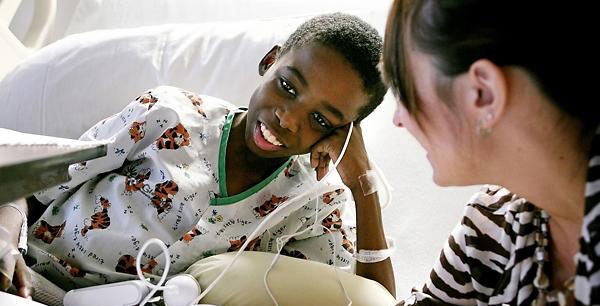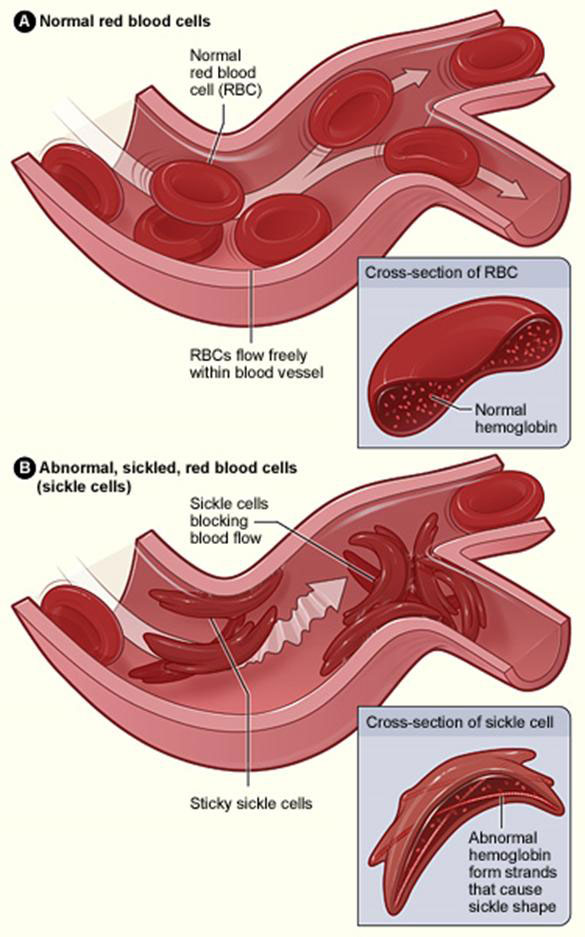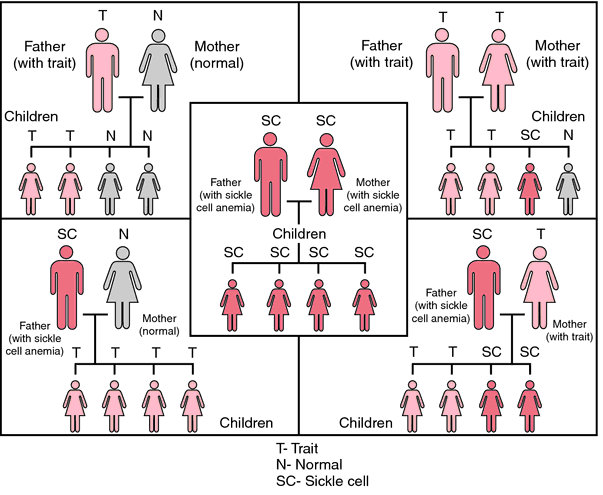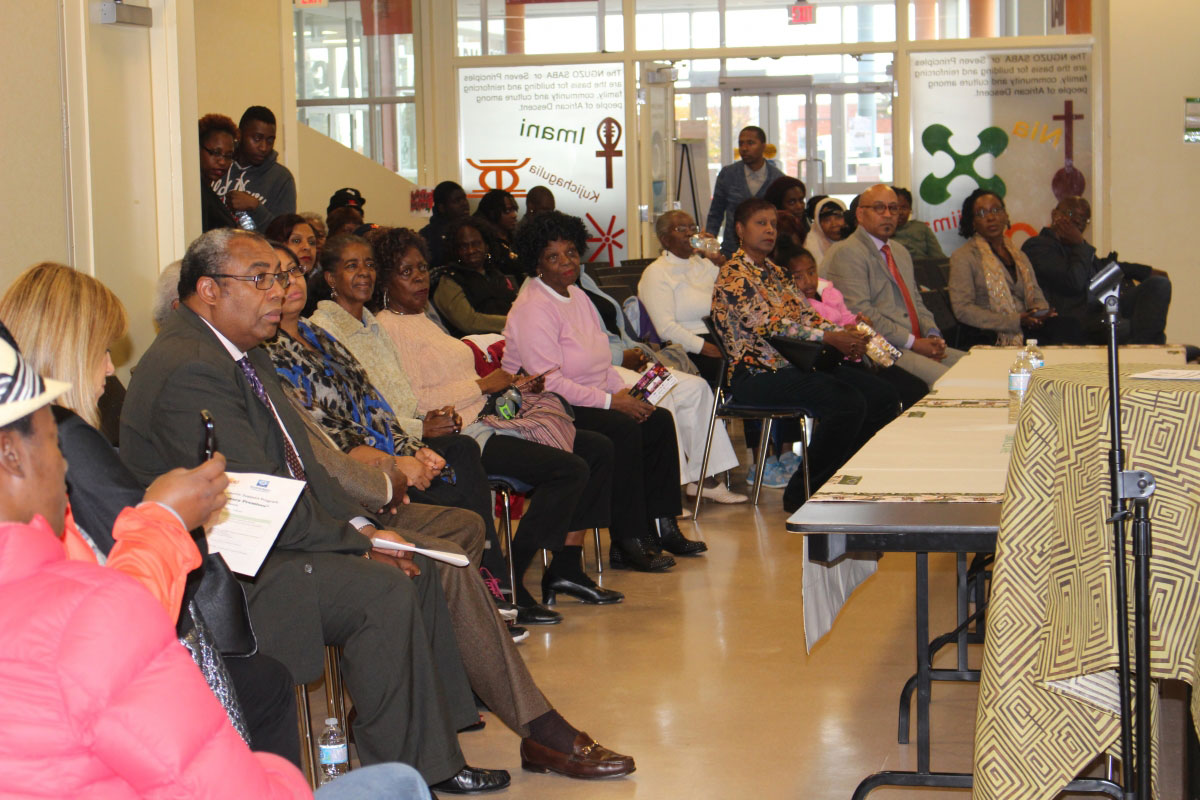SPECIALIZED PRIMARY CARE SERVICES FOR ADULTS WITH SICKLE CELL DISEASE
TAIBU has established the first specialized primary care services for adults with Sickle Cell disease in the GTA. If you are an adult living with sickle cell disease or a care giver, you can access our clinic on
Tuesdays from 1:30 pm – 7:30 pm.
Evaluation of our primary care service has demonstrated that adults who have attended the clinic have significantly reduced the number of Emergency Department visits as well as their hospitalization.
Clients have also been able to increase their knowledge of the unique impact of their chronic condition and how best to manage it.
If you are an adult with sickle cell disease please contact us for access: (647) 644-3936
MONTHLY SUPPORT GROUP
Members of the sickle cell community have initiated a self help group that meets on a monthly basis to support each other, increase their knowledge and capacity by inviting guest speakers to come and talk to them, to have gentle exercise and relaxation classes, to advocate for each other and to have fun.
The Group meets every third Saturday of the month at TAIBU Community Health Centre.
For more information please call (416) 644-3539 (Ext. 2226)
ABOUT SICKLE CELL DISEASE
